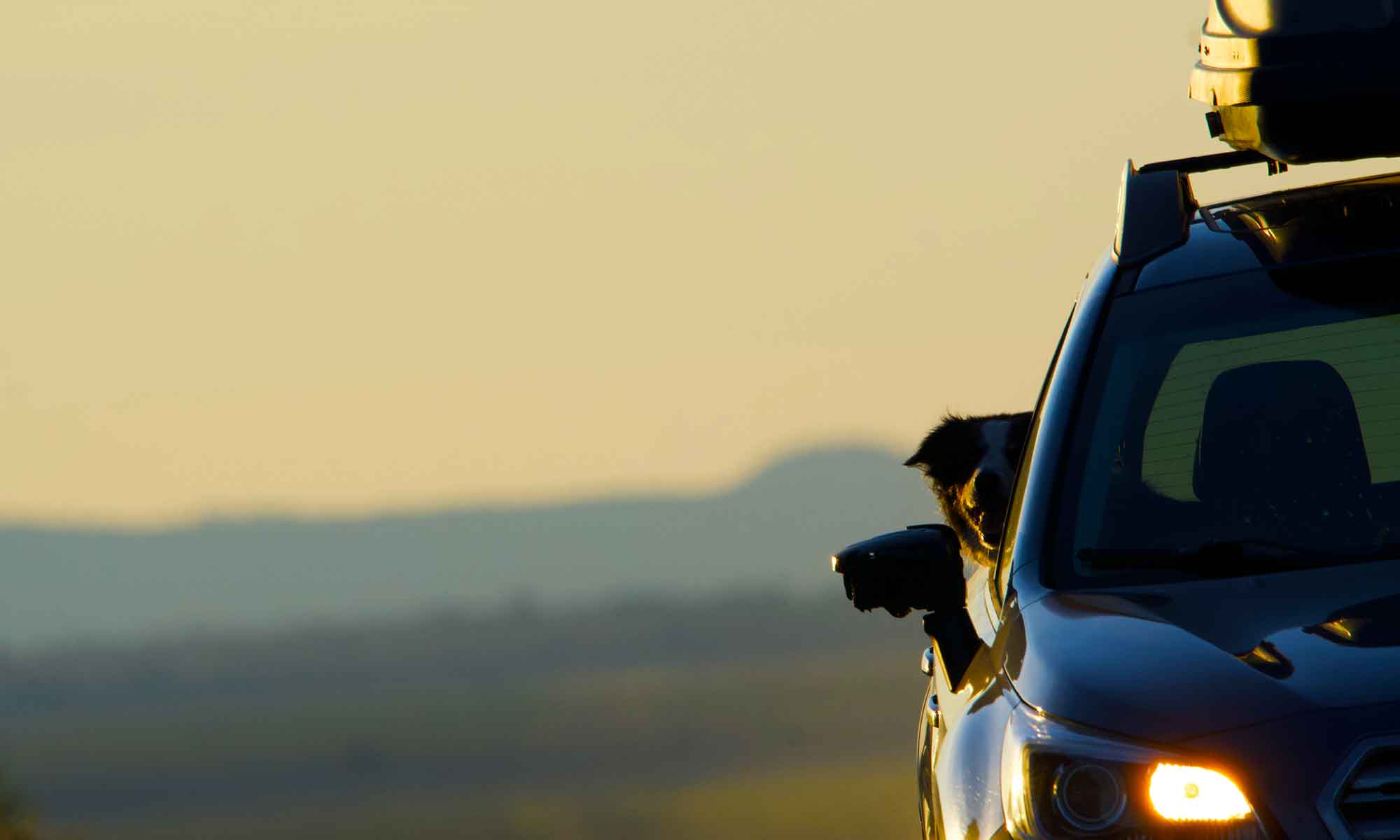
The Deschutes River collects runoff from the cascade range and carries it through high desert plains, irrigated farm lands, and basalt canyons. Fifty miles from its mouth at the Columbia River, the city of Maupin sits on its bank. Just downriver from there are numerous BLM campsites that offer a fisher wade access, though it is prime driftboat water. Since moving to Central Oregon we spend less time fishing this section of the river, or more to the point, we’re more selective in the times we go there.

In the spring we make a trip to catch the Stonefly hatch. This aquatic insect spends most of it’s life as a nymph burrowed in the river rock, but as water temperatures warm these exceptionally large bugs (three inches) start moving. They are headed toward the river’s edge and masses of the nymphs tumble along the streams bottom.
At this stage weighted stonefly imitations are very effective at attracting large rainbow trout.

It’s the transformation of nymph to insect that also changes the fishing from a wet fly swing to dry fly presentations. The stonefly crawls out of the water and up a stalk of grass and shucks the exoskeleton. It will go through a dozen or more of these ‘instars’ but it’s the last metamorphosis, on dry land, that produces a double winged insect with a distinctive orange body.
The stonefly lives only a couple of days and in that short period it mates, flies over the river, and deposits eggs back into the river. It is at this point where the cycle is reset and fish gorge themselves on spent stoneflies.
A dry fly presentation rarely misses and often nets big fish.

The stonefly hatch lasts just weeks but makes for memorable days on the river. While there are always a lot of anglers along the Deschutes, especially now, we’ve found that Trout Creek and South Junction are excellent places to gain access to the stream.
We’re a few miles upstream from Maupin, river levels are lower and wading is easier. By next week the hatch will have slowed or stopped and we’ll be looking for some other bug to imitate as we mark calendars for next year’s outing.











































 There is a 4 mile loop trail that takes you to an overlook or a shorter 2 mile walk “trail through time” that follows the lower edge of the basin’s sculpted walls.
There is a 4 mile loop trail that takes you to an overlook or a shorter 2 mile walk “trail through time” that follows the lower edge of the basin’s sculpted walls.



 Tip wanted nothing to do with these and the alternate routes were just too precarious. He and I did make it to the entrance of the basin, found a shaded bench to wait while JQ, camera in hand, documented the blue-green canyon for our blog.
Tip wanted nothing to do with these and the alternate routes were just too precarious. He and I did make it to the entrance of the basin, found a shaded bench to wait while JQ, camera in hand, documented the blue-green canyon for our blog.









